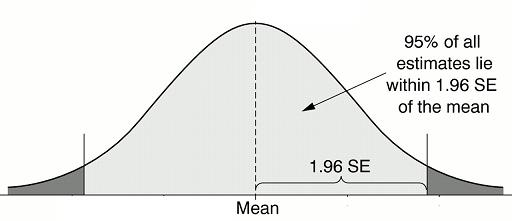Surveying means contacting for getting certain information. Survey method is a method of collecting data for research purpose. There are personal surveys, mail surveys, telephone surveys and internet surveys. Survey may be sample survey or census survey.
The features of each of surveys are given below:
Personal SurveyPersonal survey involves meeting personally every number who has to be surveyed. The features of this method of data collection are as follows.
- The number of respondents that can be contacted is not very high, as the time taken to contact the respondent, and the time spent on the interview itself is very high in relative terms.


